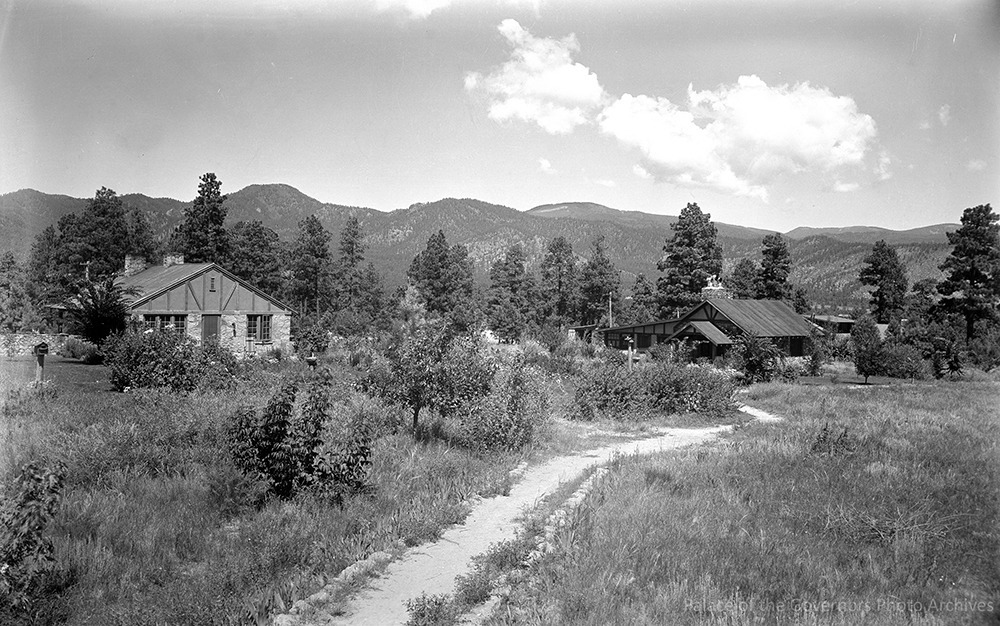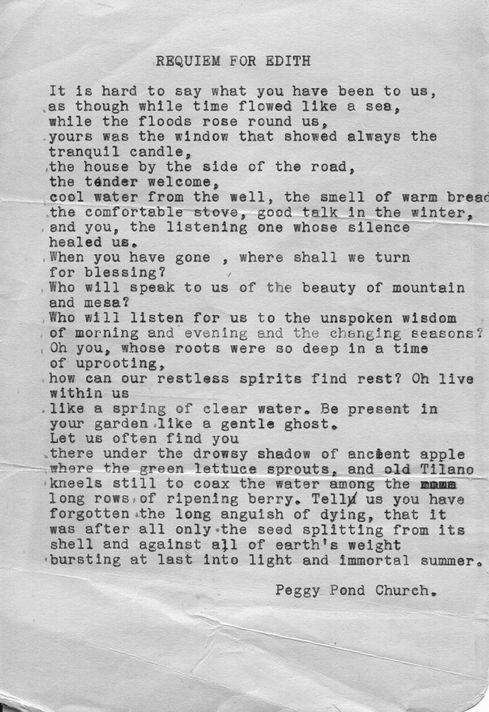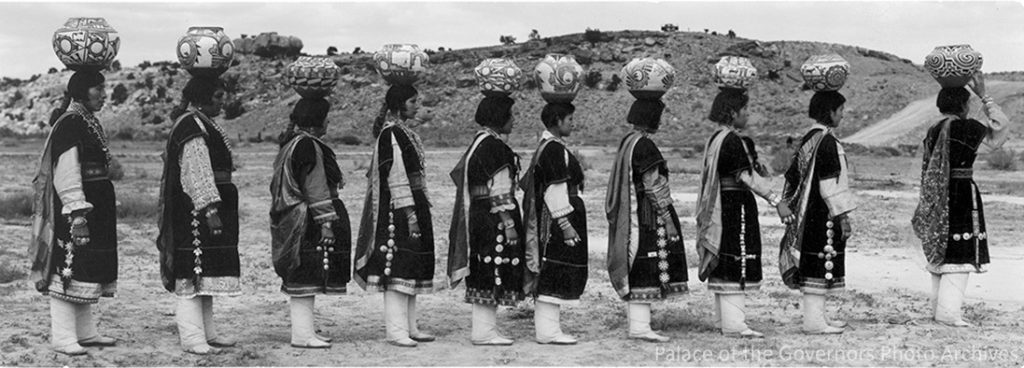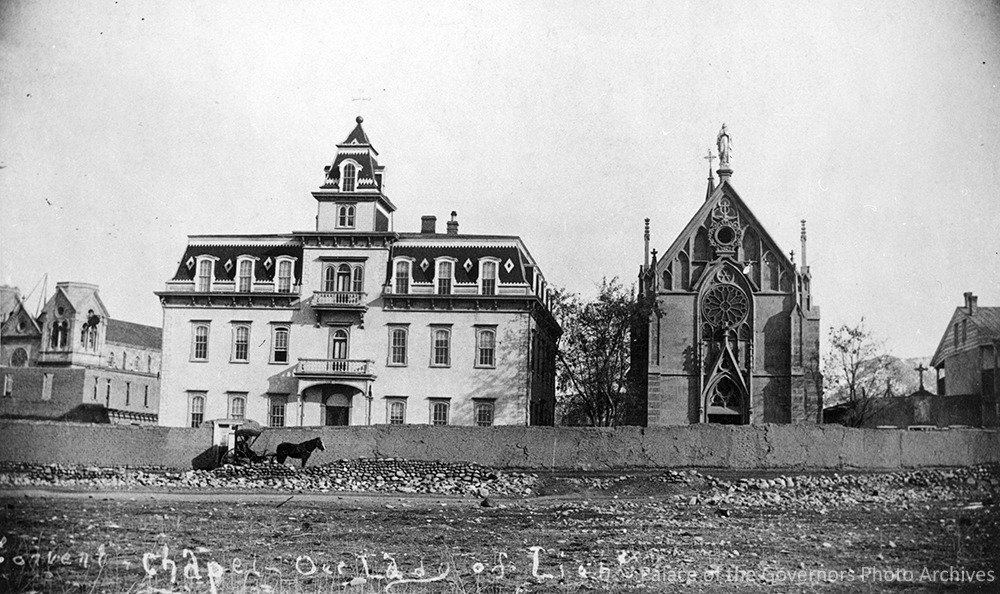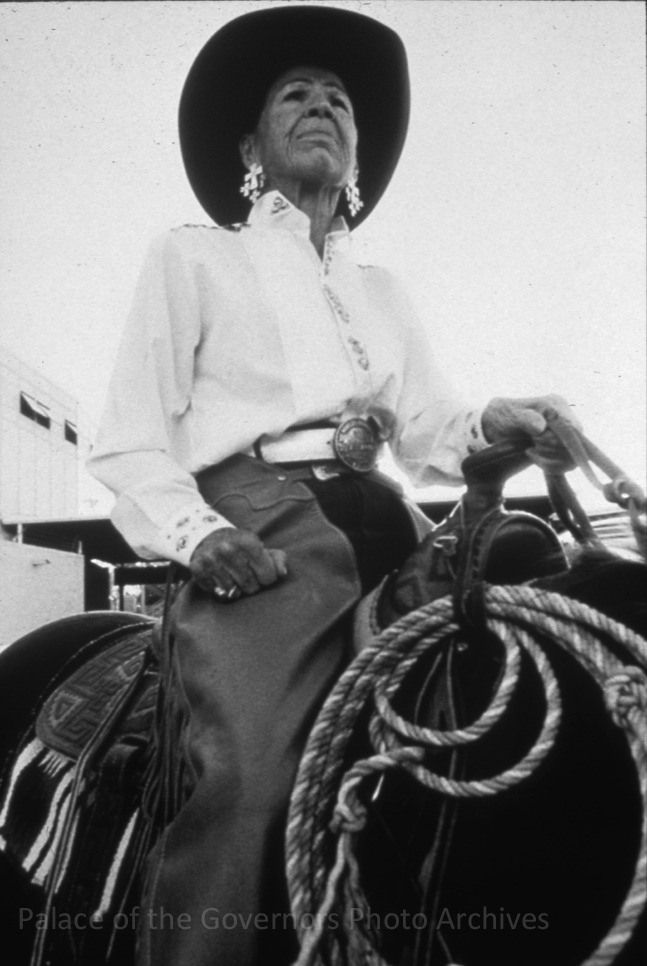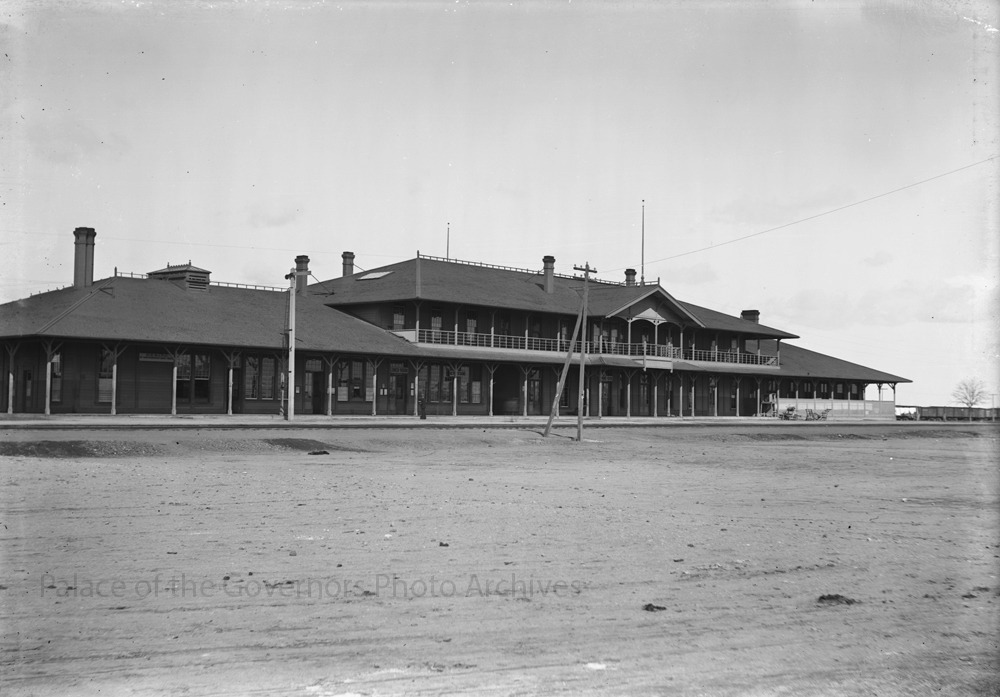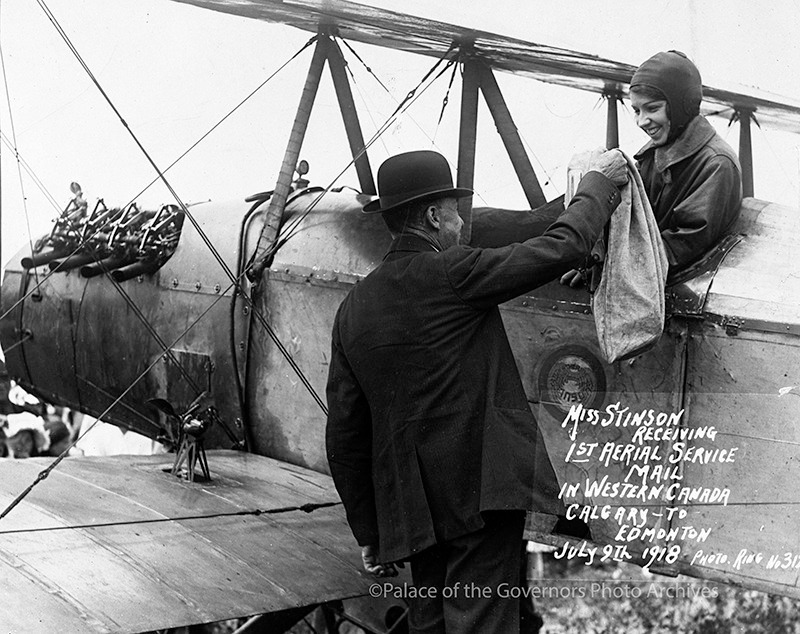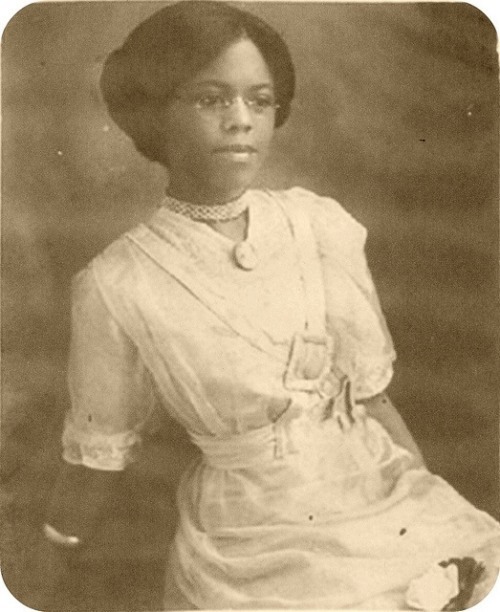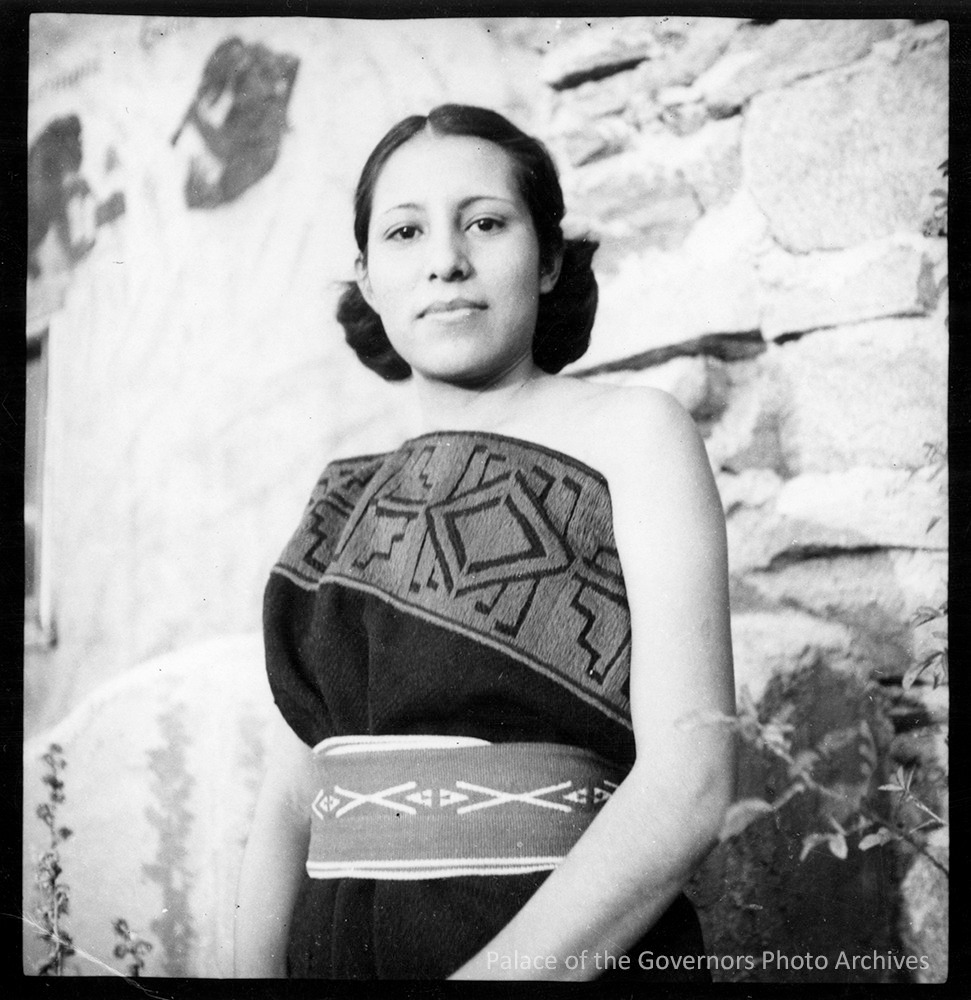
Pablita Velarde, Santa Clara Pueblo, New Mexico
Photographer: Harold Kellogg
Date: 1938
Negative Number 077541
Pablita Velarde was an internationally acclaimed artist whose paintings largely depicted Pueblo life. She was commissioned by the WPA art’s program to paint murals at Bandelier National Monument. Selected as one of New Mexico’s “Living Treasures”, she received many awards, including the French Palmes Académique, the New Mexico Governor’s Award for achievement in the arts, and the Lifetime Achievement Award from the Eight Northern Pueblos.
Roadside Marker Location: Rio Arriba County, US Hwy 30 West Side, Mile Marker 7.1
You can view a county by county list of the Historic Women Mile Markers in this pdf.
You can view a map of the Historic Women Mile Markers at www.nmhistoricwomen.org
March is Women’s History Month. During this month we’ll be highlighting some of the women featured on New Mexico’s Historic Women Roadside Markers. Text provided by our colleagues at New Mexico Historic Preservation Division

